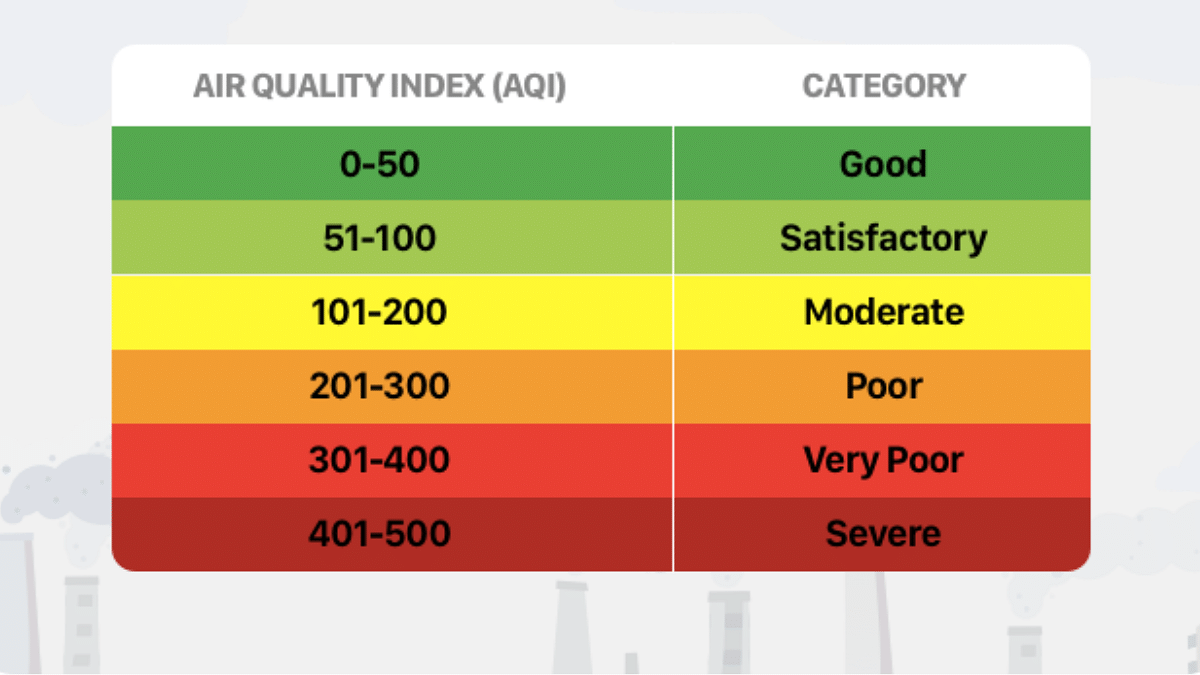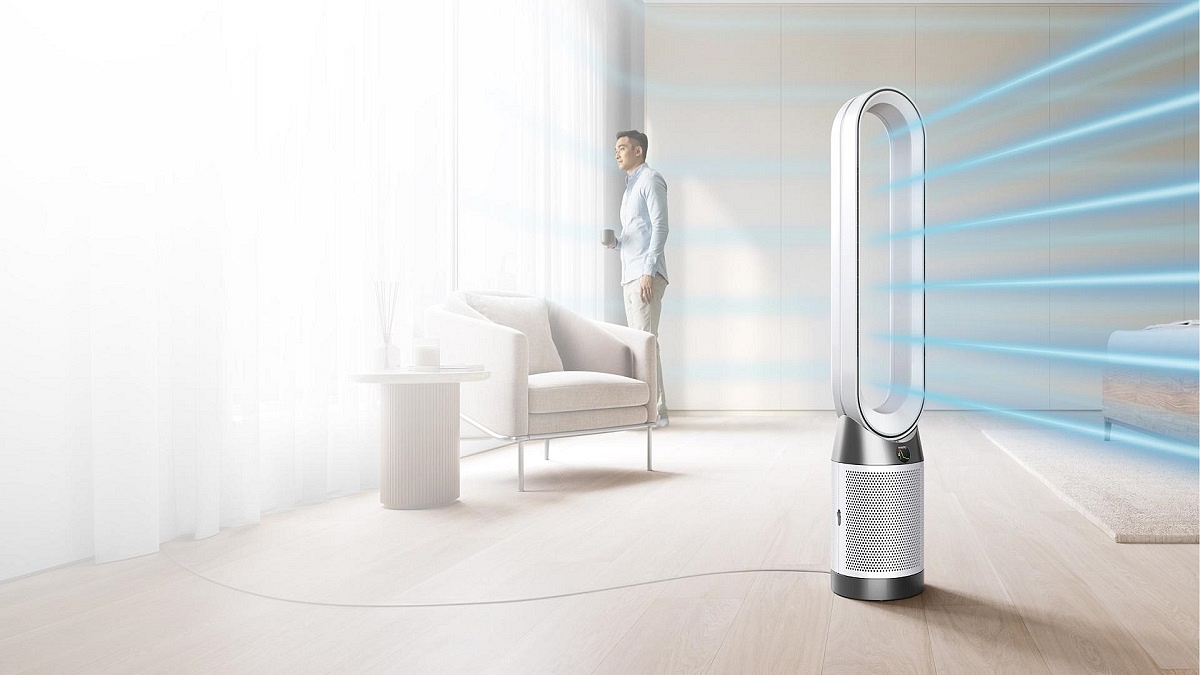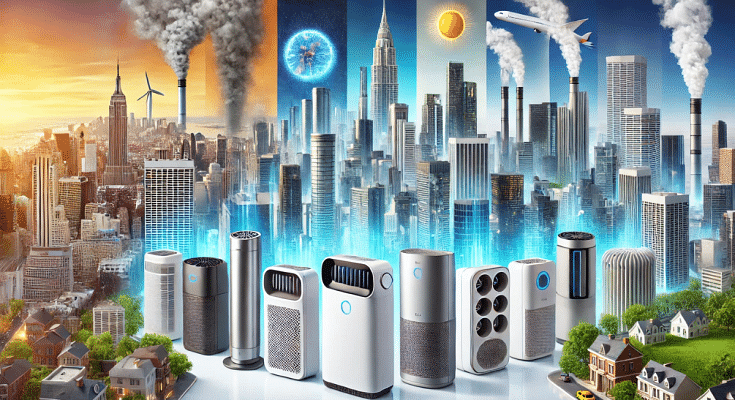Key Highlights
- Check your city’s AQI level
- Pick the right filter and CADR
- Choose a trusted brand with good service
With rising pollution levels in cities, clean air is no longer a luxury, it’s a necessity. Whether you live in Delhi, Mumbai, Bengaluru, or any other urban area, air purifiers have become essential for a healthier home environment. But not all purifiers are created equal and buying the wrong one can be both costly and ineffective. This guide will help you pick the right air purifier based on the pollution level in your city, so you breathe easy.
Also Read | Best Wi-Fi-Connected Air Purifiers To Buy
Know Your City’s AQI First

Start by checking the AQI for your city or neighborhood. This gives a clear idea of how severe the air pollution is.
- Cities with AQI above 200 need heavy-duty air purifiers
- Areas with AQI between 100–200 can manage with mid-range purifiers
- Low AQI areas may only need basic filtration
- You can check real-time AQI using apps like AQICN, SAFAR, or even Google.
Choose The Right Filter Type
Not all filters are designed to tackle every type of pollution.
- HEPA Filters: Best for PM2.5 and PM10 particles
- Activated Carbon Filters: Ideal for gases, odors, and VOCs
- UV or Ionizer Filters: Good for bacteria and viruses (optional)
If your city has high particulate matter (common in North India), go for True HEPA (H13 or higher).
Match The CADR With Room Size
CADR (Clean Air Delivery Rate) indicates how fast an air purifier can clean a room.
- For a bedroom, a CADR of 150–250 m³/hr is good
- For living rooms, aim for 300 m³/hr or more
- Always choose a purifier rated slightly higher than your room size
Look For Smart Features In Metro Cities

In highly polluted metros, convenience matters.
- Auto mode adjusts settings based on real-time pollution
- App controls let you operate remotely
- Filter change alerts ensure consistent performance
Go For Low Noise And Energy Efficient Models
If you plan to run your purifier round the clock (common in high-pollution areas), pick a model that:
- Runs below 40 dB (quiet enough for sleep)
- Has energy star certification or low power consumption
Check Maintenance And Filter Replacement Cost
Filters need changing every 6–12 months.
- Check how easy it is to buy replacement filters in your city
- Consider annual maintenance cost while buying
- Avoid brands that have limited service networks
Also Read | Best Air Purifiers With HEPA Filter
Choose Trusted Brands With Good Service

Cities with high AQI need purifiers that can last. Stick to brands known for:
- Reliable HEPA tech
- Good after-sales service
- Warranty and quick parts replacement
- Brands like Dyson, Philips, Honeywell, and Sharp are often recommended.
Choosing the right air purifier depends entirely on where you live and how bad the air is. What works in a Tier 2 town might not be enough for Delhi’s winter smog. So, before you hit ‘Buy Now,’ understand your city’s air and pick a purifier that fits your health needs.
For the tech geeks, stay updated with the latest cutting-edge gadgets in the market, exclusive tech updates, gadget reviews, and more right on your phone’s screen. Join Giznext’s WhatsApp channel and receive the industry-first tech updates.
